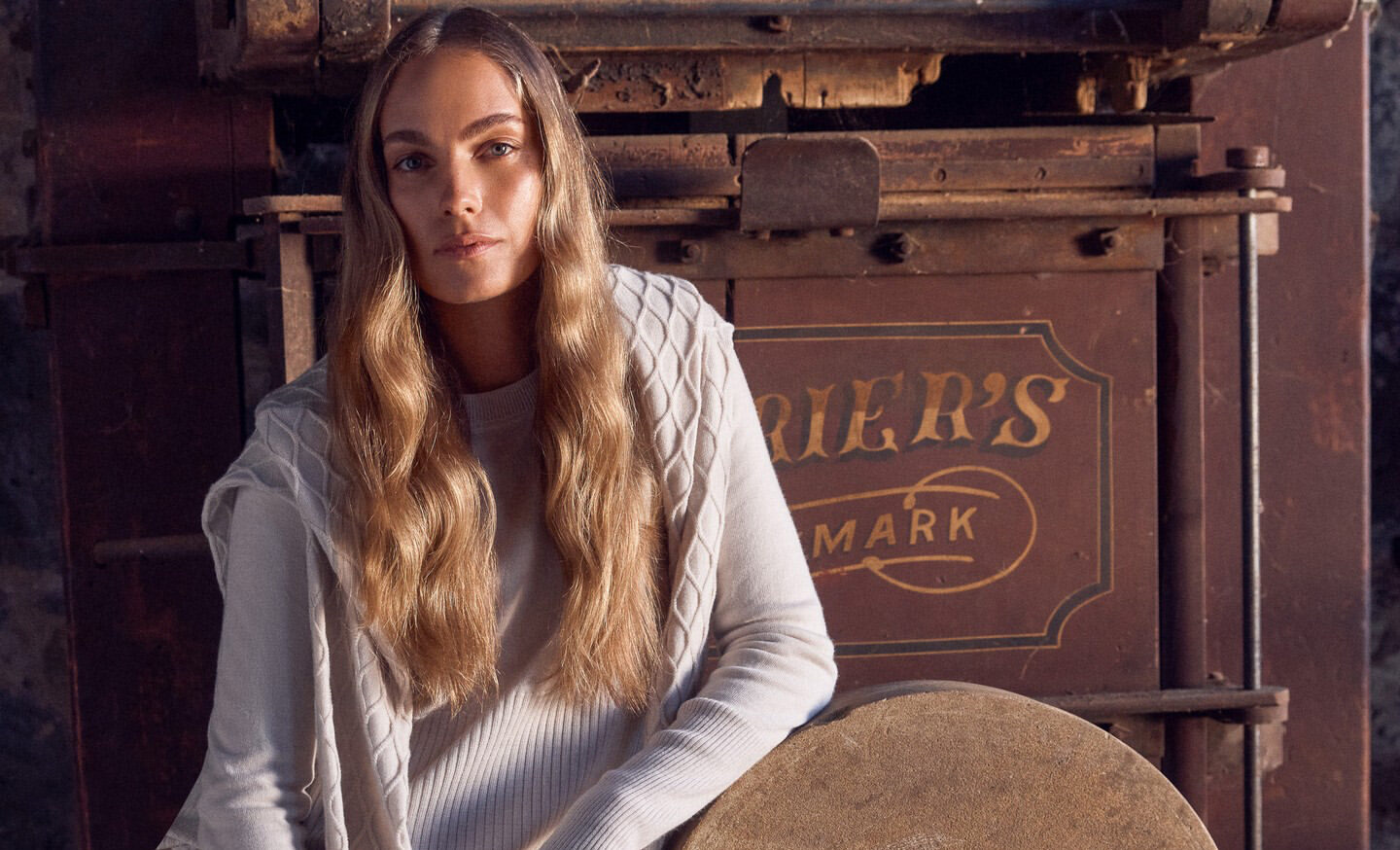Mass plantings of roses, lavender and agapanthus form the basis of this drought-hardy garden in an old donkey paddock.
Sign up to our mailing list for the best stories delivered to your inbox.
She tells Claire Austin about the road to recovery for her Adelaide Hills garden.
Words Claire Austin
There is something to be said about the resilience of a gardener. When the seasons are on your side, it seems easy. Plants just grow. But when Mother Nature gives constant challenges of drought, floods and fires, it becomes harder.
I remember as a child watching my mother and grandmother ‘letting go’ of plants and the lawn as the dams dried up and the bore water was too harsh. But then new plants would be put in and a new garden would develop.
The vision for a garden is long term. Even with lots of planning, you don’t get a gauge on what it will look and feel like for years. An avenue of trees may take decades to reach the visionary fulfilment. So when the season is good, it’s time to make hay while the sun shines and get key plantings established so they can have a better chance to withstand what Mother Nature puts into the mix. But sometimes not everything goes to plan.
Chris and Maureen Highet purchased their Adelaide Hills property, Highcroft, in 1987. At the time, they weren’t interested in gardening, but after retiring 14 years ago, Maureen developed the passion, even expanding the original garden to take over the donkey paddock next door.
Restricted in what she could plant because of lack of access to garden water and irrigation, Maureen chose drought-hardy Mediterranean plants, well suited to long, hot summers. The plantings have been complemented by gravel paths with rock edges leading you around the garden, filled with mass plantings of roses, lavender, Teucrium, rosemary, agapanthus and salvia.
“I love to walk around the garden in the early morning or just before sunset, when the only sound is my feet on the gravel paths and birdsong,” Maureen says.
The selection of Mediterranean plants has proved to be lifesaving for the garden, especially in 2015 to 2016 when the area had very little mid-year rain and a very hot summer: a severe test for the plants.
To combat these conditions, Maureen mulches the garden beds in spring and strategically applies water in summer.
“I water deeply every three to four weeks in summer. It doesn’t matter if we have a heat wave; I stick to this regimen. I have always heavily mulched with pea straw. This has helped reduce the baking heat on the soil and keeps in what moisture the plants receive.”
In 2019, another challenge was thrown at them in the shape of the Cudlee Creek bushfire.
“The Cudlee bushfires devastated part of the Adelaide Hills. The fires almost destroyed our property. Our neighbours’ house was burnt to the ground. We lost machinery, fencing and cattle yards, but saved our animals, homestead and sheds. However, a third of my two-acre garden was destroyed,” laments Maureen. “It was so very sad to see part of the garden destroyed by fire, but over the past three years, I have replanted and re-established the burnt part of the garden. I love the resilience of the plants, some of which have come back from what appeared to be burnt stumps.”
The garden has been replanted much the same as it was before, with drought-tolerant Mediterranean plants and some Australian natives added to the mix. Three years later the garden is starting to flourish and grow.
“I think the Vitex purpurea [purple chaste tree], lavender, Teucrium balls and coloured irises, given to me by a generous grower, are among my favourites. The heady perfume of the lavender, roses and Philadelphus [Mexican mock orange] is intoxicating.”
A key design feature of the garden is the use of gravel paths. These walkways have a huge practical element.
“I am very lucky to have 1.8 metre wide paths throughout the garden. My husband Chris used his bobcat to cut the paths through the donkey paddock. I can now drive my ride-on lawnmower with a trailer on the back all around the garden. This is invaluable: for collecting weeding waste, transporting bales of hay for mulching and carrying trays of plants anywhere in the garden.”
To deal with the loss of a lovingly nurtured garden and then rebuild it is no easy feat. As the saying goes, ‘to plant a garden is to believe in tomorrow’.
Claire Austin runs the Gin Gin Garden Club, an online community. Follow her on Instagram @gingingardenclub
Like this article? Consider supporting independent media by subscribing to Graziher, or giving a gift subscription to someone special.

When it comes to her own wardrobe, Lizzie Walsh prefers to keep things simple — and natural.

Angie Jones, president of Nosh Narrabri, shares her tips for a perfect weekend in town.